What Is Espresso Machine BAR Pressure?
by Selmir Omic
Espresso is a mysterious drink. Not many people really know what it really is, how it’s made, or even what it should taste like. Your average person just understands it as a specialty coffee drink, which it is.
But there’s so much more to it! Contrary to popular belief, espresso is not type of coffee bean, or a type of roast. Espresso is actually a method to brew coffee. In fact, any coffee can be brewed as espresso—though some types taste better than others.
If you want to get very specific, according to the SCAA (Specialty Coffee Association Of America), true espresso has a rather strict definition, and here it is:
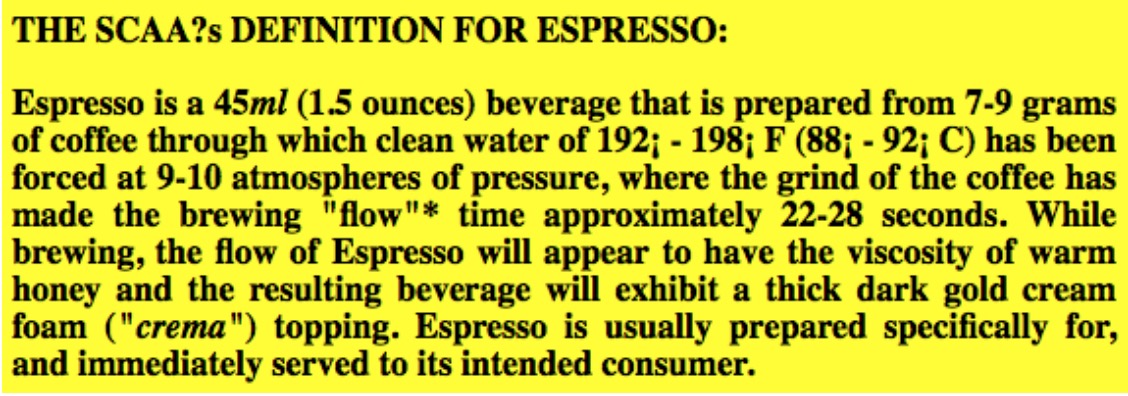
Consider this – any kind of coffee bean can be used to make espresso, if you follow the rules of espresso preparation – but be aware that some beans taste better than others when put through the espresso-preparing process.
To clarify further, coffee bags labeled as espresso are pre-ground coffee beans which are especially suited for brewing espresso.
Usually it’s a blend of beans with different attributes that yields the best flavor for the final espresso brew. Lavazza espresso beans, for instance, are a particular favorite for many espresso fans, and they are labeled as such.
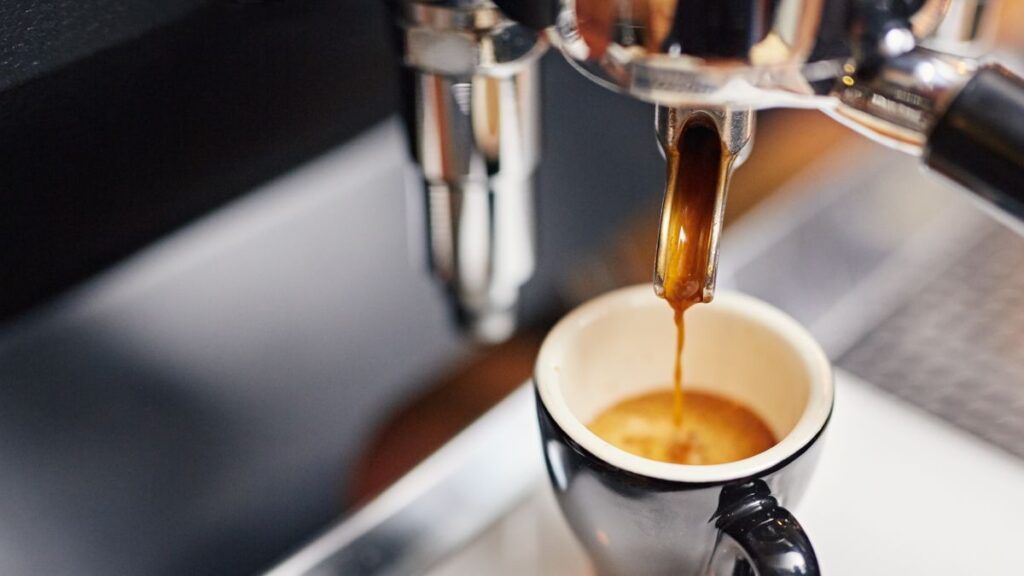
What is BAR Pressure?
So, how do you make a perfect espresso?
Making espresso involves pushing hot water (almost boiling) through a compact ‘puck’ of grounds and a filter, at high pressure.
The water pressure is measured in barometric pressure (also known as atmospheric pressure).
Bar is an abbreviation of the Greek word “baros” meaning weight. Traditionally, a bar is used to measure atmospheric air pressure, with the standard measurement defined (at sea level) as 1 bar – which 1.47 pounds per square inch (psi).
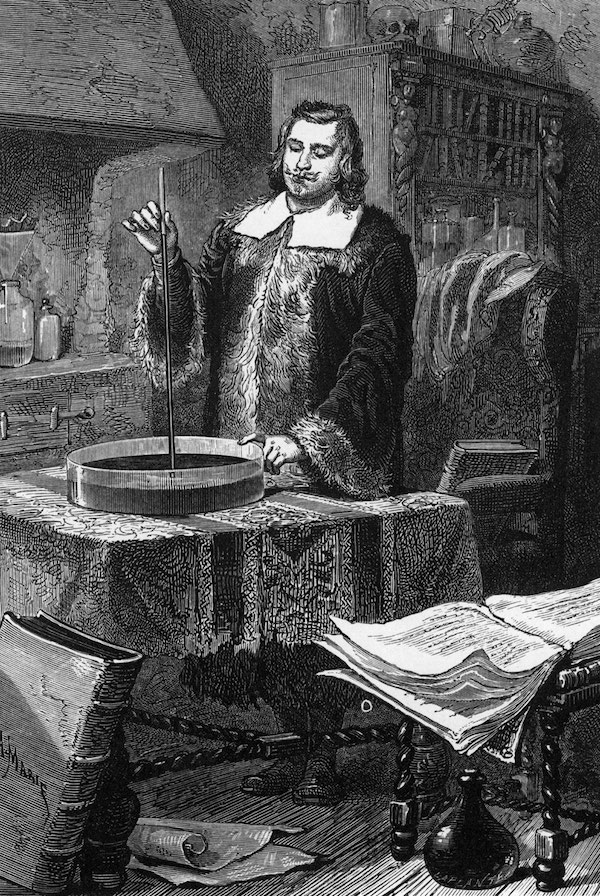
We can also thank scientist Evangelista Torricelli in 1643, for inventing the first machine that measures this pressure. It is called a Barometer and it measures pressure in bar units. No doubt you’ve heard of this device, as they are quite commonplace now, centuries later.
”Bars” relate to the Earth’s atmospheric pressure that typically walks hand in hand with PSI (pounds-per-square inch). While PSI measures the sheer ‘force’ of atmospheric pressure, Bar measures atmospheric pressure at a specific altitude and temperature (sea level at 15 degrees Celsius).
Both pressure washers (power washers) and espresso makers utilize atmospheric ‘force’, and most models feature different ‘levels’ that you can select to boost or decrease the pressure output. Additionally, both of these tools use atmospheric pressure to ‘push’ water out of their pistons albeit for different purposes.
To return to our explanation of BAR measurement, we should be aware that the air in our atmosphere has actual weight. Because of gravity, this air weight is pushing down on the Earth’s surface. Similarly, the same pressure is used in the making of espresso coffee.
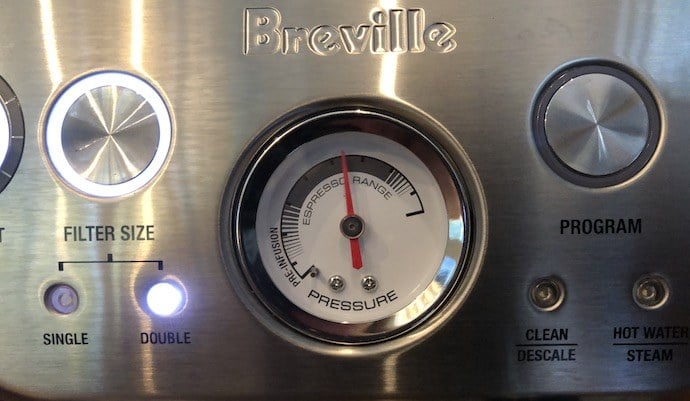
BAR Pressure and Making Espresso
The amount of pressure or the number of BAR units of force is very important to the flavors that are extracted from the coffee grounds.
As most baristas and espresso lovers know, professional machines are set to brew coffee at 9-bar of pressure, while home or semi-professional machines are often quoted to have around 15-bar.
Home machines use cheaper pumps and the pressure settings are pre-programmed for the homemaker. It might not be as precise but it should do the job.
This standard has been reached through years of testing in the form of espresso drinking, and finally a standard was accepted by the Italian and American Coffee Associations and Guilds, not to mention World Champion Baristas.
Espresso machines have many parts – they have, for instance, a group head, a portafilter, a boiler, and a steam wand. They do not feature Bar pressure – they utilize these features to create it.
Your espresso machine can be steam driven or piston driven. Espresso machines are, by default, steam driven, piston driven or pump driven. The main difference between these three types is in the particular ‘core’ feature and mechanics that generate Bar pressure.
Piston driven espresso machines use a lever to create BAR pressure. Pump driven machines use modern motor-driven pump provide the force necessary for espresso brewing.
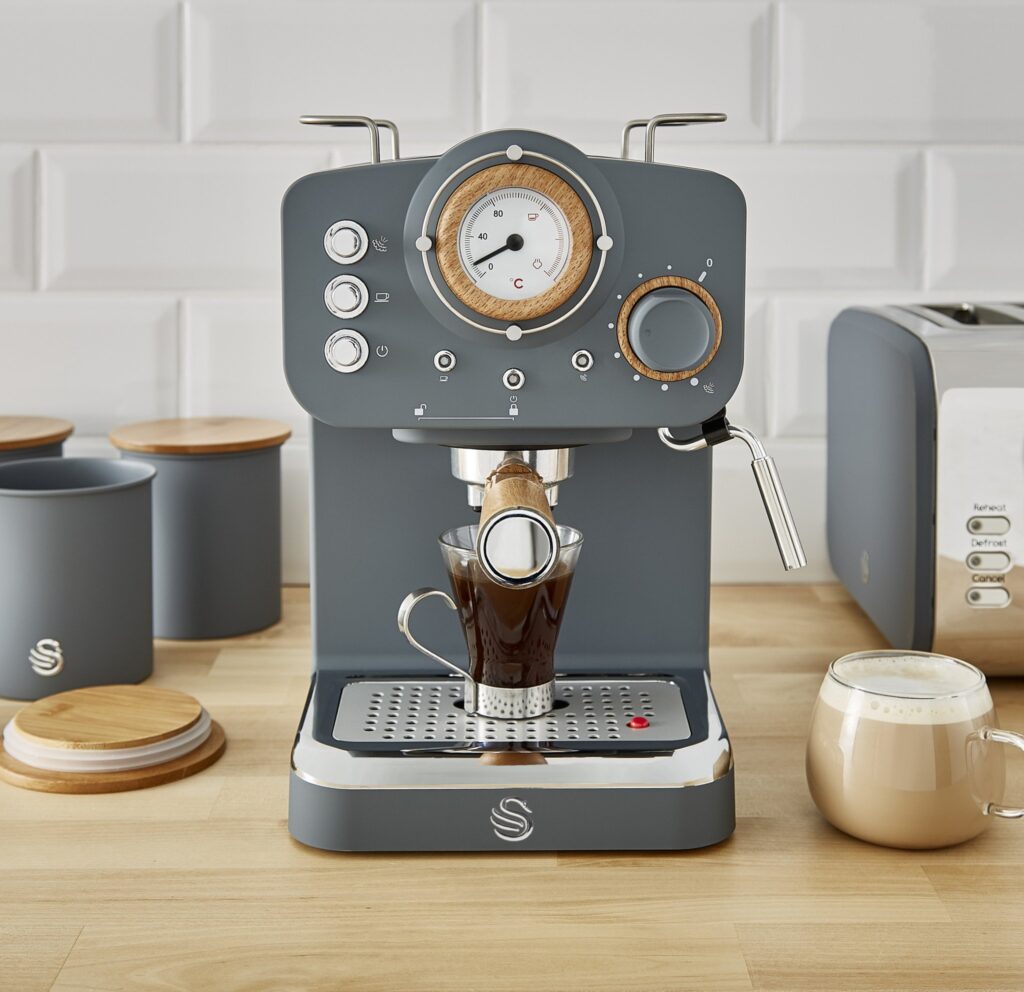
Too much pressure is unwarranted. The piston method delivers usually 8 to 10 BAR units of pressure, which in normal language, is 116 to 145 pounds per square inch (psi) of pressure.
In 2005, the air-pump driven espresso machine emerged. These machines use compressed air to force the hot water through the coffee grounds. One of the advantages of the air-pump-driven machines is that they are much smaller and lighter than electric machines.
Pump espresso machines are what you’re most likely to encounter at your local café, and they have added mechanics that use a pump to maintain the pressure of the water.
Here is a great video comparison between pump espresso and steam espresso:
Now that we know that a certain amount of pressure is needed to call our drink espresso, what other insights are there to learn about this pressurized process that is espresso brewing?
To brew great cup of real espresso, a number of important things need to happen to allow human judgment to marry mechanical precision.
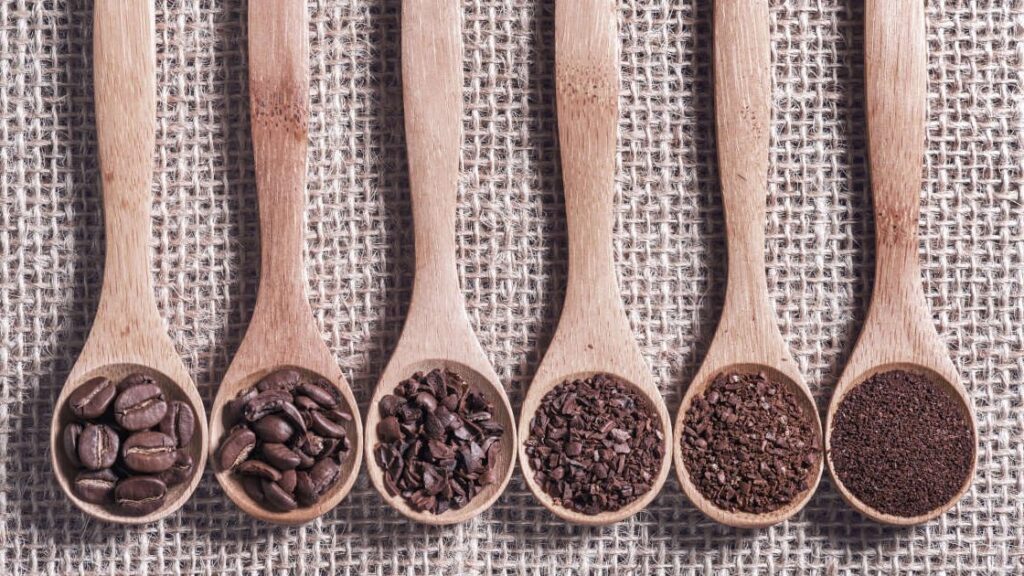
The grind size will vary based on characteristics of the coffee such as age, bean variety, and the roast profile. Even at the highest level of espresso-making, there is no secret formula that is guaranteed every single time, but it helps to have a lot of hands-on experience before you get that sixth sense for what works.
Regardless, if you are using an espresso machine, you will need to let it work its magic with the water, the temperature, the beans, the BAR pressure, and of course time.
Although exact times vary, it typically takes between 25–30 seconds to pull a shot of espresso – if you’re using nine bars. Less pressure, and it’ll take more time; more pressure, and it’ll take less time.
It is important to keep in mind the correct combination of espresso machine BAR pressure, temperature, grind, and finishing color the works best with the beans you chose. Be prepared for the unexpected. Temperatures sometimes are difficult to control and pressures could stray from the norm.

Burrs get dull and oils can build up in machines so that a good cleaning is necessary before you begin. If you want the taste and flavor to be to your preference, you must try really hard to control all the variables, because any wild-cards can damage or at the very least change the results.
A good barista can taste the espresso and know what changes need to be made for next time. If the BAR pressure is too high, the tastes will be weak and vice versa.
Temperature is also important. Proper espresso extraction occurs at 90°C to 96°C. Lower temperatures make the coffee to acidic and higher makes the coffee too bitter.
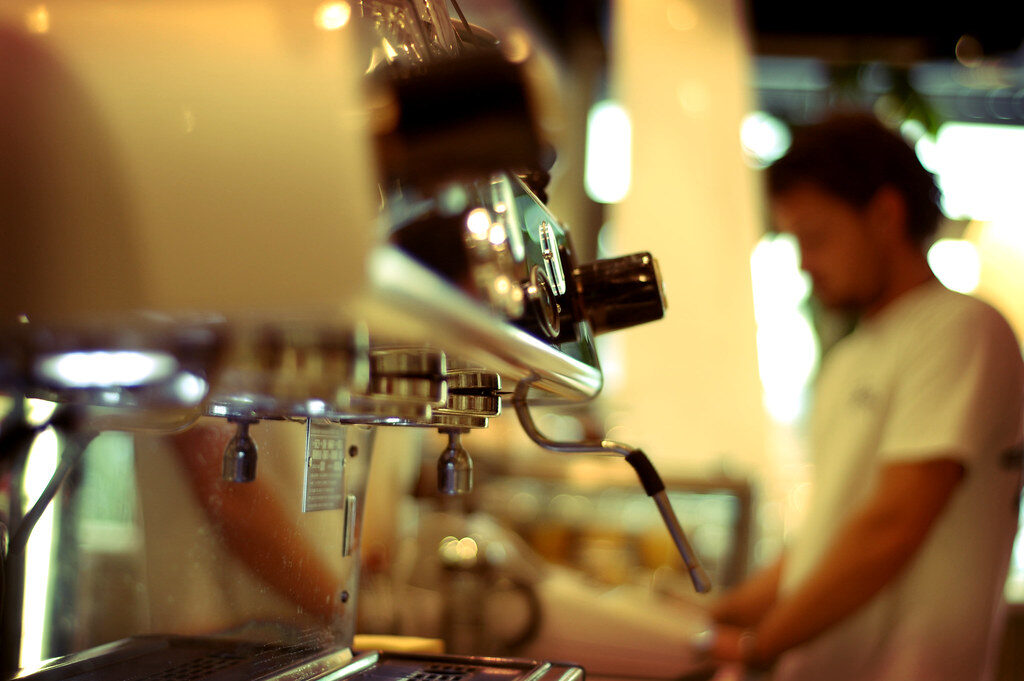
And finally, manipulating the color, volume, and time will also affect the end result.
You might get lucky and have an espresso machine that will do all the important stuff for you, but chances are you’re going to have to pay for it if you decide you want to become a master barista. There are alternatives, but they may not be the real deal. Keep that in mind.
Espresso Making Alternatives
Now, did you know that some people claim that a Moka pot can produce a tasty espresso by the method of stove top brewing? Depending on who you ask, some will say that since Moka pots use pressure and steam to produce their brew, they are somewhat considered to be espresso makers as well.
Sadly folks, just because the Bialetti is inexpensive, comes from Italy (home of espresso), and incorporates steam into its brewing method doesn’t mean you’re getting real espresso. To play the part of a coffee snob, we could simply quote the SCAA and ask, “Where are the 9 BARs of pressure that are necessary to make authentic espresso?”
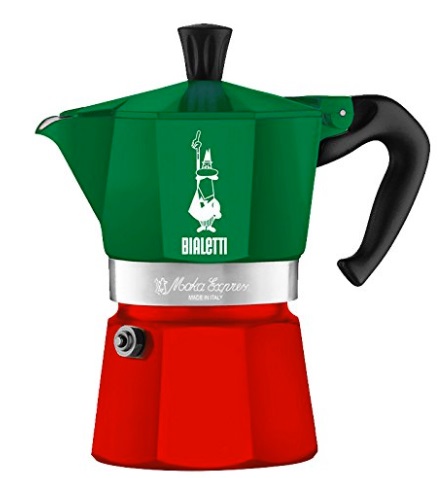
In truth, we should take a bit closer look at current espresso makers by setting the margins – the lowest margin should be a low-cost entry-level model while the other one should be a high-end boutique espresso maker.
Obviously, more expensive models cost more due to a variety of reasons – the features are, perhaps, a bit more flashy, the construction might be a bit more robust, and ultimately, even the ‘name’ of the brand itself typically pumps up the price tag a bit.
On the opposite end, most budget espresso makers are typically not versatile, their features are simplistic, and in most cases, the brands are pretty obscure and need to lower the costs to put up with the competition.
The truth is, what really separates a low-cost espresso maker from a boutique-level model is accuracy. A budget machine’s level 1is not the same as a boutique’s machine level 1 Bar control.
Baristas usually spend some time adjusting to the machine as no model is 100% accurate, but that could be a rigorous process if the machine in question is of poor quality.
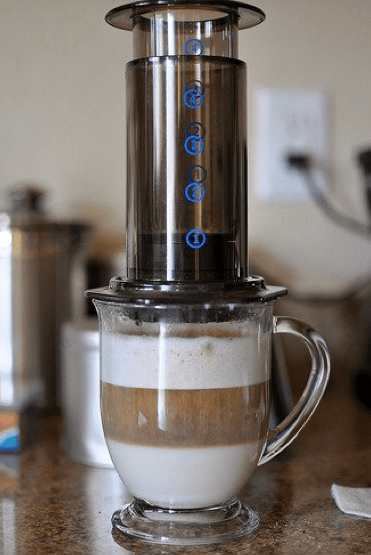
Air Pump Driven Espresso Machines
In 2005, the air-pump driven espresso machine emerged. These machines use compressed air to force the hot water through the coffee grounds. One of the advantages of the air-pump-driven machines is that they are much smaller and lighter than electric machines.
The first air-pump-driven machine was the AeroPress, which was invented by Alan Alder, an American inventor who also invented the Aerobie flying ring.
Soon after Aeropress, which was a relatively recent invention, came the HandPresso Wild, invented by Nielsen Innovation (SARL), a French innovation House, and it was introduced in 2007.
As we’ve said, innovations and new, better technologies are hitting the market, even as we speak; it’s more than safe to say that the current espresso machines are several times faster, stronger, and more versatile than the originals.
Whether these devices produce a beverage that the SCAA would deem to be espresso is another thing, but we will admit that it is exciting to see so many new and interesting espresso-related gadgets hitting the market.
And so, we know, life is about balance and that is especially true in the world of coffee, and truer still for espresso. Now that we know that a certain amount of pressure is needed to call our drink espresso, what other insights are there to learn about this pressurized process that is espresso brewing?
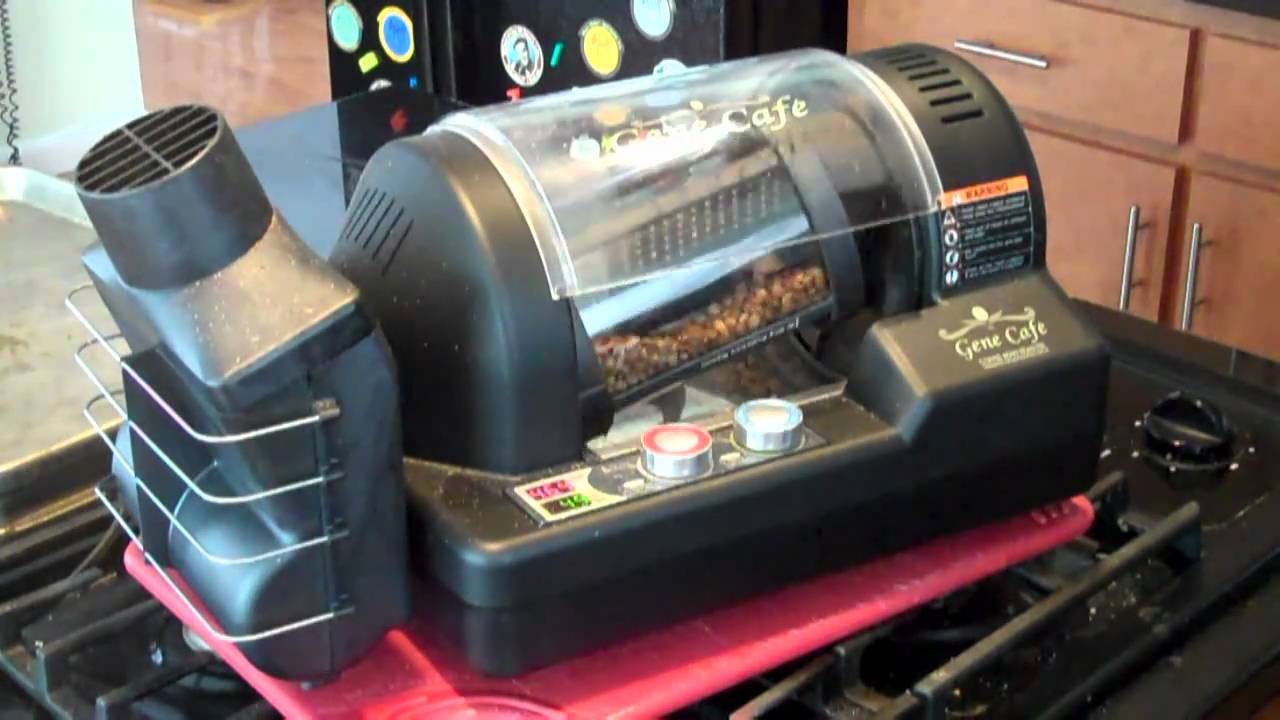
Home Bean Roasters
To brew a real cup of authentic espresso, a number of important things need to happen to allow human judgment to marry mechanical precision. It all begins in the kitchen, or, as the case may be – the garage.
Actually, where ever the bean roaster is located. Did you know you can now purchase yourself an excellent home roaster to roast your beans yourself? This is as close to the beginning of the home brewing process as you can get besides growing your own coffee plant, which is substantially harder, but also possible.
Home bean-roasting machines are popularly called ‘consumer brewers’. Generally speaking, they’re typically big, crude, but they get the job done. In comparison to commercial brewers, consumer-grade models are terribly noisy, but they’re also a bit easier to use.
The guy or gal who does the roasting can also be called the ‘roaster’ (we kind of like ‘roast master’) who will be making a blend of different coffee bean types to create a balance of flavors to end up with the most delicious elixir ever (if they know their craft, that is).
Will she/he use a particular bean to highlight a particular region in Africa? Maybe, but once these magic beans are in the hands of the expert who will prepare the drink, it is up to that person to make sure the beans are fresh, meaning that they should be used no more than 2 weeks from the roast date.

Further Considerations
Some aromatics in ground coffee will evaporate within 20 minutes of grinding, so things must happen quickly but with precision.
The grind size will vary based on characteristics of the coffee such as age, bean variety, and the roast profile. Even at the highest level of espresso-making, there is no secret formula that guarantees success every time, but it helps to have a lot of hands-on experience before you get that sixth sense for what works.
Without experience, you shouldn’t get your hopes too high up – apart from following strict recipe and steps, you’ll need to gain a ‘feeling’ for your roasters, grinders, and brewers.
Even if you are using an all-in-one coffee maker (a device that encompasses all coffee-making processes), you’ll still need to oversee the process.
We said it before and we’ll say it again – 9 Bars is the standard pressure for making espresso. This standard has been reached through years of testing in the form of espresso drinking, and finally a standard was accepted by the Italian and American Coffee Associations and Guilds, not to mention World Champion Baristas.
Professionals are always thinking about pressure, the kind of pumps, the flow rates, and more. Home machines use cheaper pumps and the pressure settings are pre-programmed for the homemaker. It might not be as precise but it should do the job.
It is important to keep in mind the correct combination of espresso machine BAR pressure, temperature, grind, and finishing color that works best with the beans you chose.
This also means that you’ll need to get familiar with the characteristics of different bean cultures, how they react to pressure, how they react to rapid/slow temperature changes, and so on.
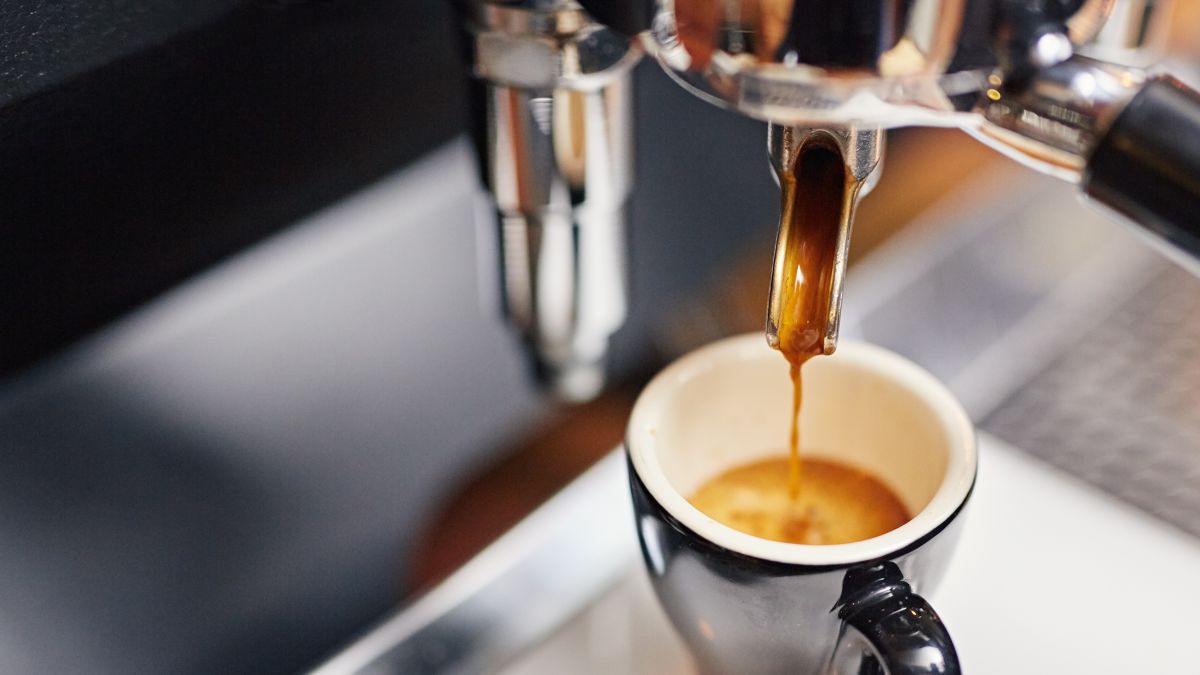
Be prepared for the unexpected. Temperatures sometimes are difficult to control and pressures could stray from the norm. Burrs get dull and oil layers can build up in machines; this means that regular maintenance is absolutely mandatory.
Each coffee maker is outfitted with different features (some of which are removable, or at least adjustable), so the cleaning process is obviously different for each model.
A good barista can taste the espresso and know what changes need to be made for next time. If the BAR pressure is too high, the tastes will be weak and vice versa.
Temperature is also important. Proper espresso extraction occurs at 90°C to 96°C. Lower temperatures make the coffee to acidic and higher makes the coffee too bitter.
Temperature also affects the coffee’s texture, which is a very important factor for espressos. If your espresso has a ‘weak’ texture, manipulating the crema will be nearly impossible.
Similarly to that scenario, if your espresso has a texture that is ‘overly strong’, the crema will eat up the ‘liquid’ part.
And finally, manipulating the color, volume, and time will also affect the end result.
You might get lucky and have an espresso machine that will do all the important stuff for you, but chances are you’re going to have to pay for it if you decide you want to become a master barista.
There are alternatives, but they may not be the real deal. Keep that in mind. Good luck and remember – BAR 9 is where it’s at!
 |
 |
 |
 |

About Selmir Omic
Selmir Omic is KYG's cannabis lifestyle writer. He currently resides in San Francisco and can often be found enjoying design-forward cannabis accessories, candles and seltzer simultaneously. When he's not writing about pot or waxing poetic about vape pens, Selmir can be counted on to offer sage advice about the best strains for anxiety or how to make cannabutter without a stovetop.
Thoughts on "What Is Espresso Machine BAR Pressure?"
 |
 |
 |
 |
Get FREE Coffee Gifts now. Or latest free grinders from our best collections.
Disable Ad block to get all the secrets. Once done, hit any button below
 |
 |
 |
 |